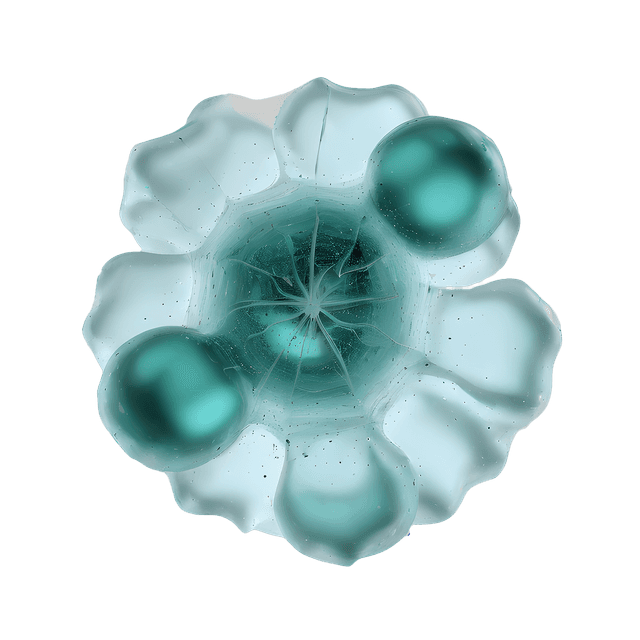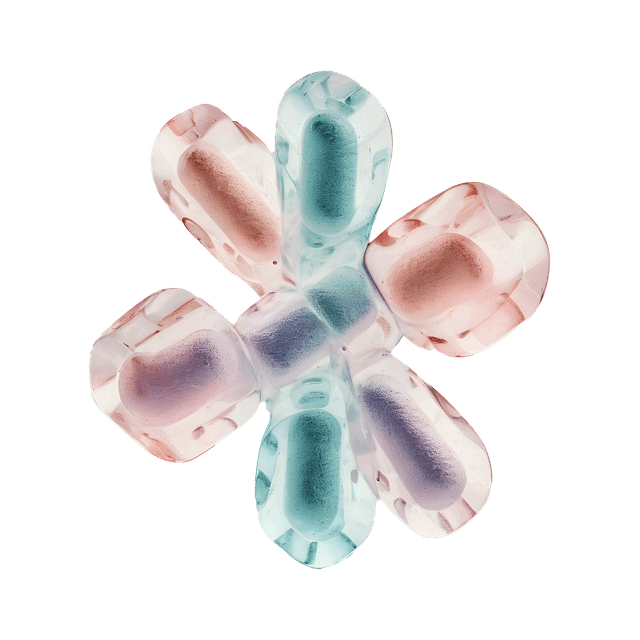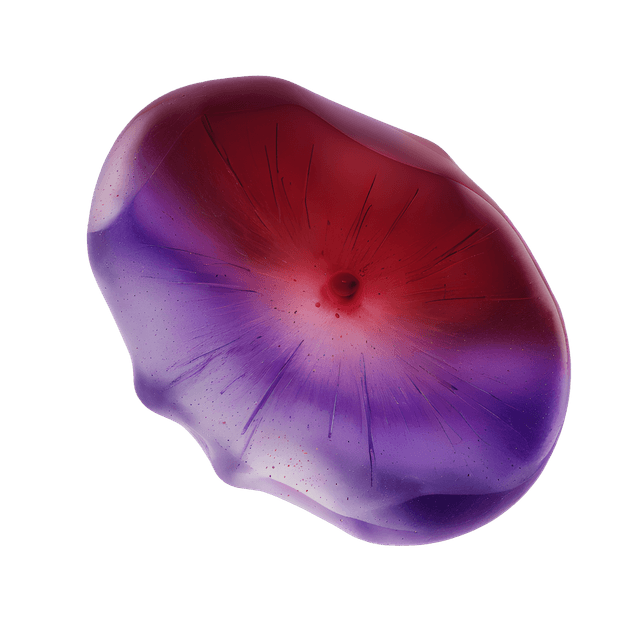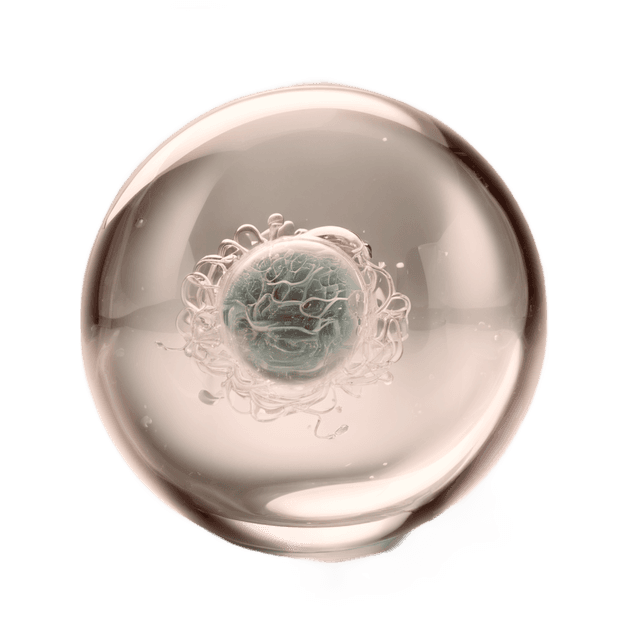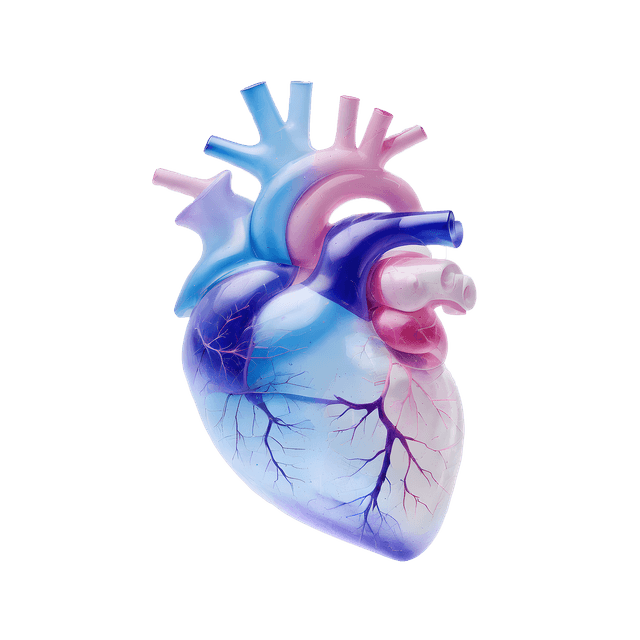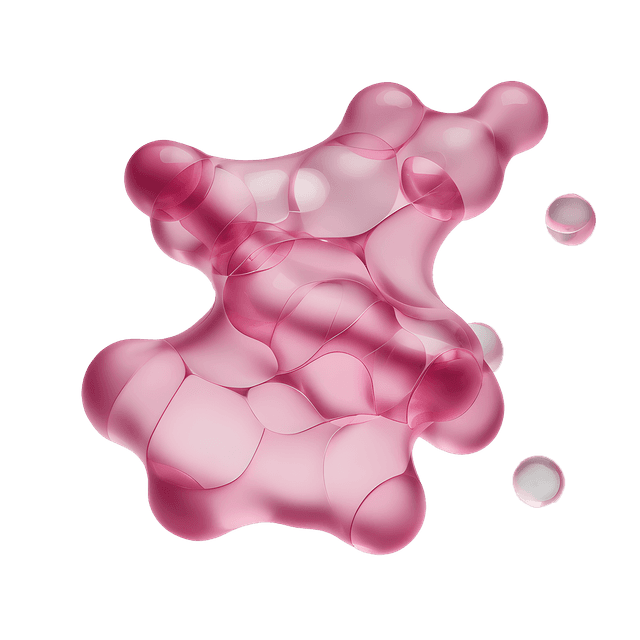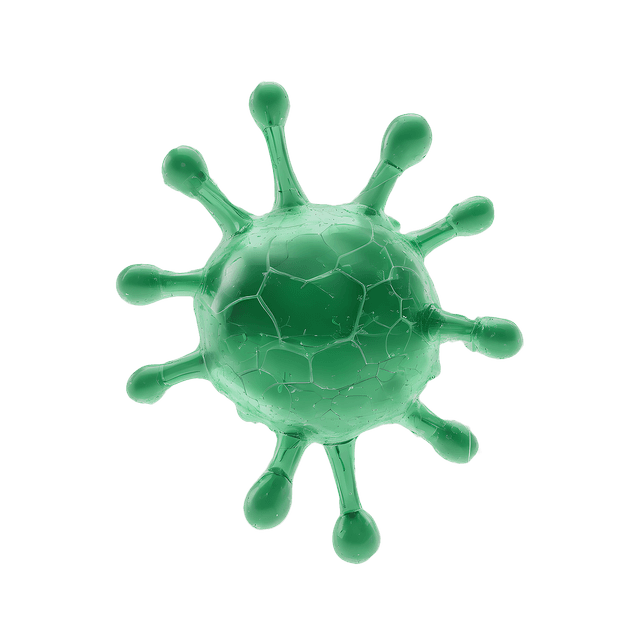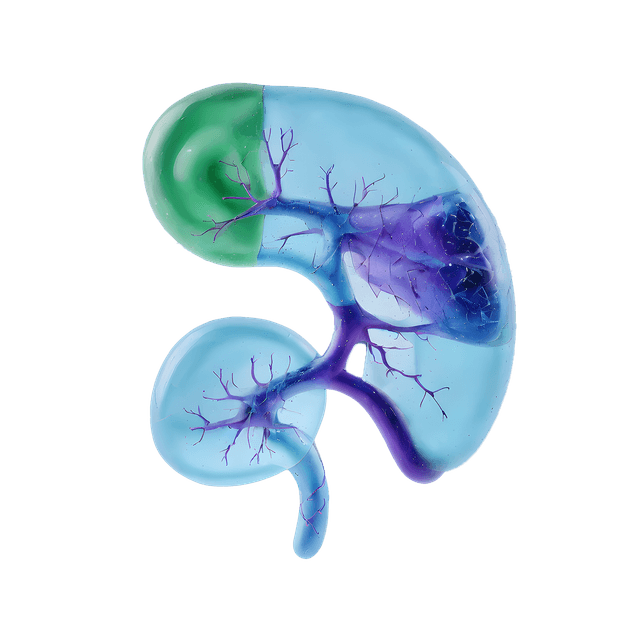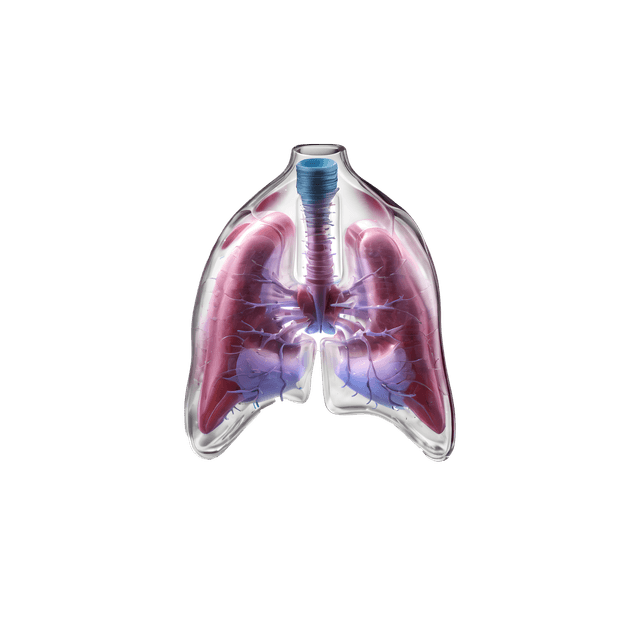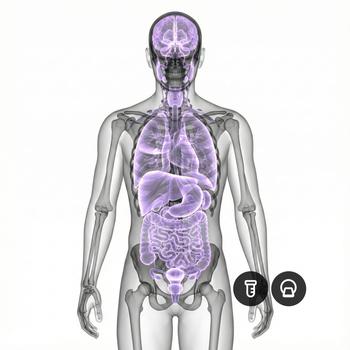Quick version
Summary
The lungs are vital organs that regulate the amount of oxygen and carbon dioxide in the body. The health of the lungs is crucial for energy metabolism and overall well-being.
- The body has two lungs, located on each side of the chest cavity
- The alveoli are responsible for gas exchange
- Lung function can be impaired by smoking, infection, and air quality
- Common symptoms of disease include coughing and shortness of breath
What are the lungs?
The lungs are our respiratory organs and are located in the chest cavity, safely protected behind the ribs. They are two sponge-like organs whose main function is gas exchange – supplying oxygen to the blood and removing carbon dioxide.
Anatomy of the lungs
The right lung is slightly larger than the left, which shares its space with the heart. Each lung is divided into lobes – three on the right and two on the left. Inside the lungs run the airways (bronchi), which branch into increasingly smaller passages and finally end in alveoli – tiny air sacs where the actual gas exchange with the blood vessels takes place.
How the lungs work
The lungs work together with the respiratory muscles, primarily the diaphragm, to create the pressure needed for inhalation and exhalation. When we inhale, the small air sacs in the lungs, the alveoli, fill with air. Oxygen is then absorbed by the blood through thin blood vessels called capillaries. In the red blood cells, there is hemoglobin – a substance that binds oxygen and transports it to the body’s cells. When the cells use oxygen, carbon dioxide is produced as waste, and it is transported back to the lungs to be exhaled.
Common lung diseases and conditions
Problems with the lungs can have many different causes. Asthma, chronic obstructive pulmonary disease (COPD), pneumonia, pulmonary fibrosis, and pulmonary embolism are examples of common lung diseases. Air pollution and smoking also negatively affect lung health and can lead to coughing and reduced function.
How is a lung examination performed?
An examination often begins with a clinical assessment where the doctor listens to the lungs using a stethoscope. Lung capacity can also be tested with spirometry, and oxygen uptake can be measured through blood tests. If necessary, imaging methods such as X-ray, computed tomography, or MRI of the lungs may be used.
Relevant symptoms
- Shortness of breath
- Dry or phlegmy cough, with or without blood
- Chest pain when breathing
- Wheezing
- Fatigue and lack of energy
Related conditions and diagnoses
- Asthma
- COPD (chronic obstructive pulmonary disease)
- Pneumonia
- Pulmonary embolism
- Pulmonary fibrosis
- Pleurisy (inflammation of the pleura)



